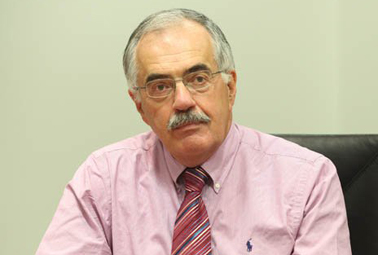
David Bamford
Director at Future Energy Partners/Publishing
Clean Growth Grand Challenge: Industrial Cluster Mission - infographic
The brochure that is linked to above is now a couple of years old but it underpins the UK government’s approach to the Industrial Clusters described therein and which involves providing hundreds of millions of (our) £s to encourage Decarbonisation; you’ll notice that each Cluster promises a substantial amount of decarbonised CO2.
The proposed numbers are most likely to be ‘engineering estimates’, trusting to design parameters long into equipment’s operational life….’this valve leaked 2% of its throughput in the laboratory so that’s what we’ll assume’.
In contrast, one thing oil & gas folk are pretty good at is, once a discovery of oil or gas has been made, appraising it with further wells so that they have a pretty good idea of its size, how much is likely to be produced from it, and a probable production profile over time. Another word for ‘appraising’ is ‘measuring’.
Makes a lot of sense when a billion $s or more are going to be invested in the development – the production drilling, the facilities, the export routes and so on.
I don’t see the same diligence being applied to Carbon Capture and Storage for our Industrial Clusters which not only have a bigger footprint than a typical oil or gas field but produce a variety of gases – not only CO2 but NOx and SOx, perhaps CO…
The million tonnes of CO2 quoted in the brochure and in the image that I have included (of the Humber ‘Cluster’*) need to be seen in this context, and are typical.
Much due diligence and, heaven forbid, actual measurement, is needed.
*Note that CO2 from Drax is included in the Humber emissions...
KeyFacts Energy Industry Directory: Future Energy Partners
 KEYFACT Energy
KEYFACT Energy